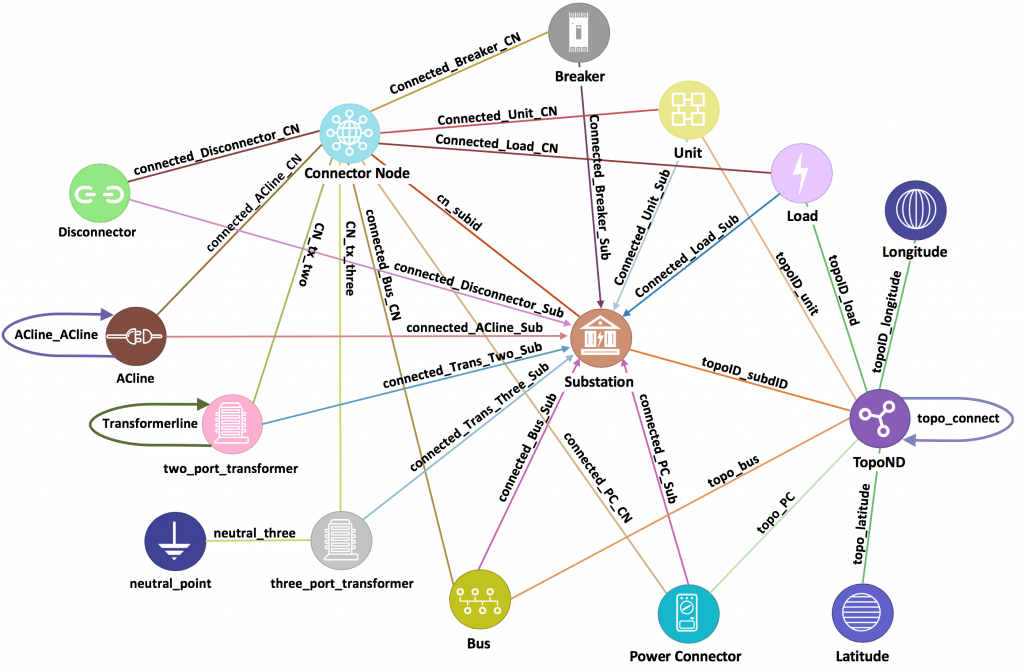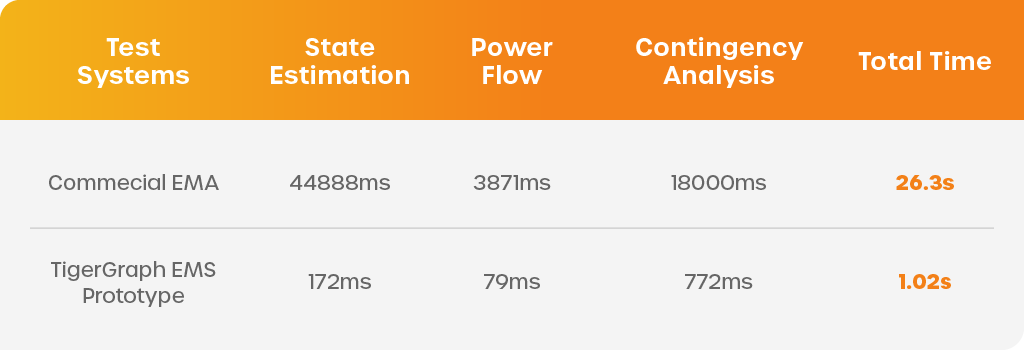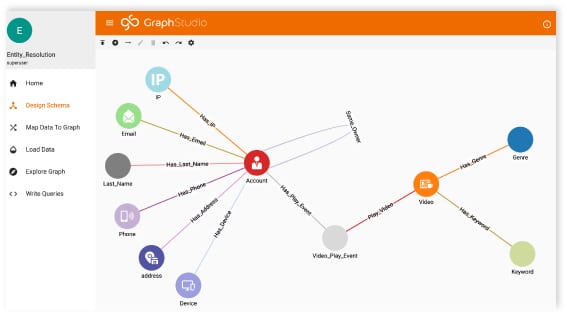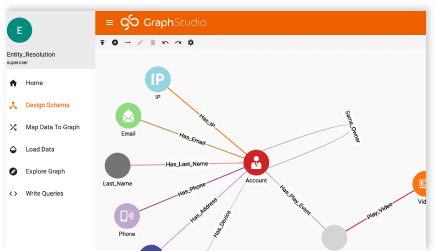State Grid

Delivering a Faster Than Real-Time Energy Management System
State Grid Corporation of China (SGCC) is the largest electric utility company in the world with $363 billion USD annual revenue for 2017. With 927,839 employees, State Grid has over 1.1 billion customers and is world’s second largest company by revenue as of 2018.
Global Energy Interconnection Research Institute North America (GEIRI North America or GEIRINA), acts as a collaboration platform for the State Grid of China. GEIRINA works with universities, research institutes, laboratories, firms and local startups to jointly discover solutions for complex problems and challenges the electric power industry faces.
The Challenge
Creating a faster-than-real-time Energy Management System (EMS) has been the holy grail for the power industry. Such a system must be able to identify mismatches between power demand and supply, lower power consumption for non-critical parts of the grid, divert power to higher priority areas for industrial output and national security, and be able to accomplish all of this in a few seconds.
A faster-than-real time EMS must be capable of completing execution within a Supervisory Control and Data Acquisition (SCADA) sample cycle, typically 5 seconds. The Team at GEIRINA set out to achieve the seemingly impossible task that has eluded power system engineers for the past decade.

The Solution
Power system engineers have investigated multiple parallel computing approaches based on the relational database structure to improve the EMS application computing efficiency, but until now have been unable to achieve a faster-than-real-time EMS.
Conventionally, power systems are modeled using relational databases in a collection of interlinked tables. These tables need to be linked together using shared key values to model the connectivity and topology of the power system. Connecting or linking across separate tables (database joins) typically takes about 25% of the processing time for power flow calculation and 35% for power grid state estimation. This approach of solving large-scale linear equations for power management requires bulky, time-intensive matrix operations.
Modeling a power system as a graph (instead of a matrix) represents connections and topology more naturally, which eliminates data preparation. Bus ordering and admittance graph formation are performed with all graph nodes processing in parallel. Core calculations are all conducted on graph, and solved values are stored as attributes of vertices and edges of the graph. Using TigerGraph, solved values are stored as attributes of vertices and edges on a graph – forgoing the need for a mapping process. Output visualization takes about 70% of total time for power flow calculation, and 28% for state estimation when using the conventional approach.
The Results
The massively-parallel graph-based solution, providing a faster-than-real-time EMS, was deployed in one province’s actual power bus system. The table below compares its performance to that of D5000, the widely used commercial EMS covering most control centers in China and many other countries.
The total execution time of the three major EMS applications – State Estimation, Power Flow, and Contingency Analysis – is a little above 1 second combined, which is much less than the SCADA sample cycle standard of 5 seconds. With the help of TigerGraph, the team at GEIRINA has achieved the first viable faster-than-real-time EMS solution for commercial use.







